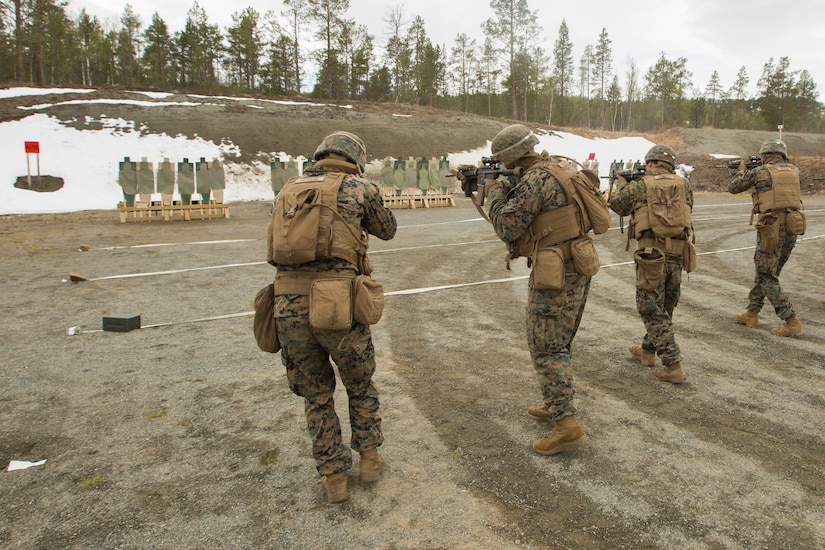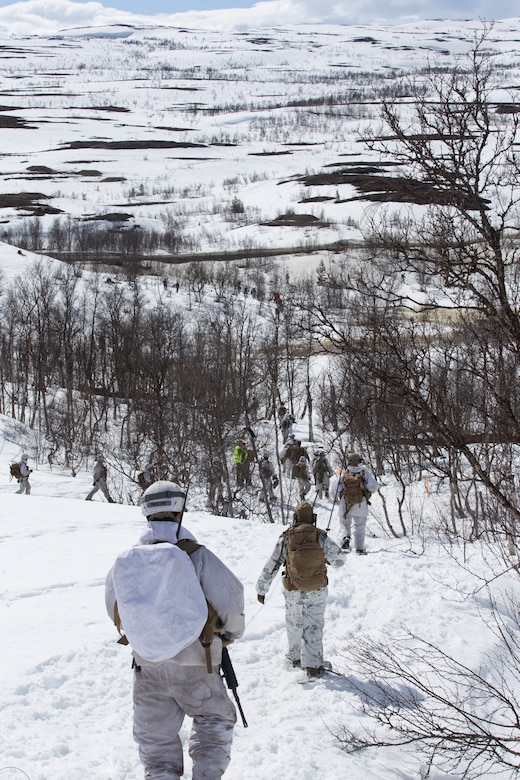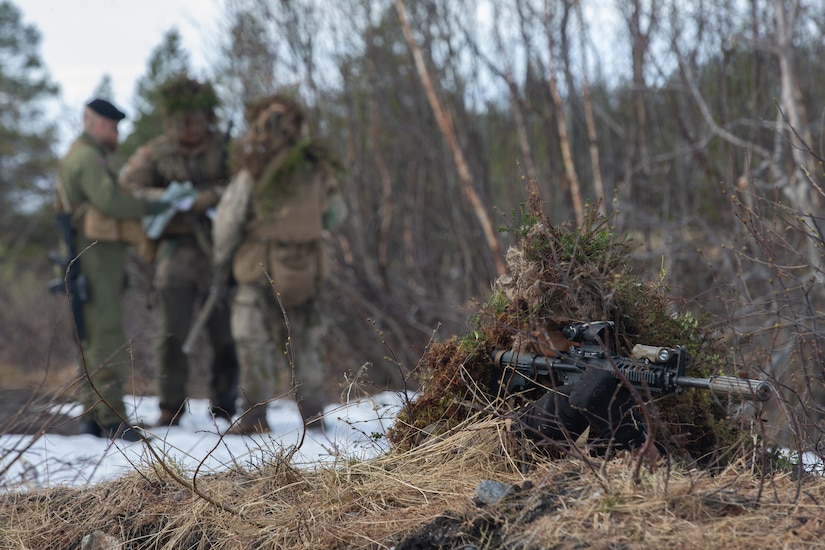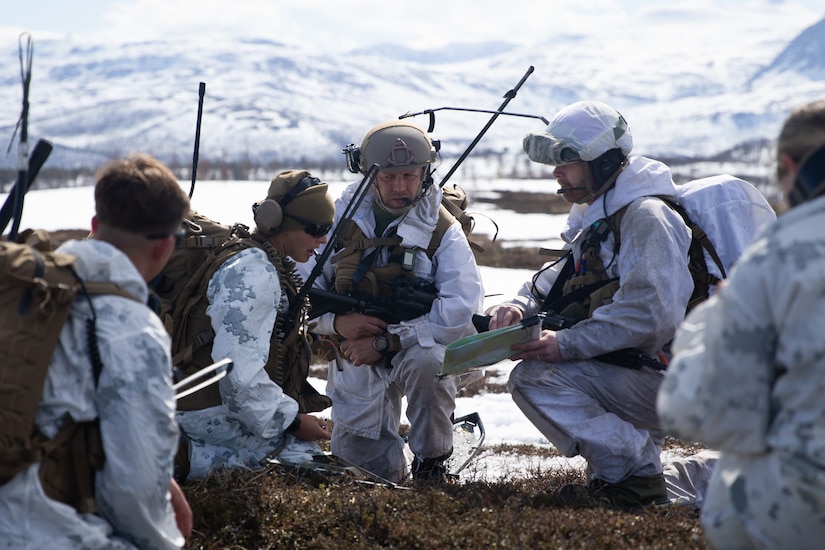Whether in the face of the enemy or a deadly global pandemic, the Marine Corps not only stays ahead of the curve, but also flattens it.
World War I showed the world the destruction and devastation that a man could do to another man, but the deaths caused by man paled in comparison to the destructive force that a simple virus can bring to the table. The 1918 Spanish Influenza pandemic, which is known as one of the world's deadliest pandemics, affected about a third of the world's population at the time, and it resulted in the deaths of millions due, in part, to countries not following proper health protocols.

A century later, the Marine Corps has learned from the past, and the Marines and sailors with 3rd Battalion, 2nd Marine Regiment, 2nd Marine Division, 2nd Marine Expeditionary Force deployed to Norway in May as part of Marine Rotational Force Europe 20.2, Marine Forces Europe and Africa, which focuses on cold-weather and mountain-warfare training and military-to military engagements to enhance interoperability with allies and partners.
"COVID-19 was certainly a challenge to readiness," said Marine Corps Lt. Col. Brian Donlon, the battalion commander of MRF-E. "It imposed conditions on the battalion's ability to train that were new and challenging, but COVID did not erase the requirement to be ready to deploy, to be expeditionary, and be prepared to execute our mission-essential tasks."
During the deployment process, the battalion mandated strict social distancing, hygiene protocol and mask donning, and Navy corpsmen continuously screened Marines and sailors for any symptoms of the virus. Once in Norway, a 14-day quarantine was executed.
"We treated quarantine a lot like being on ship, and when we were in quarantine, we did our prep for combat in the limited spaces available to us, and we created a battle rhythm that was essentially shipboard living," Donlon added.

After a successful 14-day quarantine where the battalion saw zero COVID-19 cases, the Marines and sailors immediately transitioned into the annual interoperability exercise, Thunder Reindeer, located inside the Arctic Circle. The exercise included opportunities to practice live-fire and combined arms training, as well as air integration.
On the ground, the Marines found themselves setting up camp in snowy, rocky terrain, much different from the humid, swampland they were used to at their home station in North Carolina. In the morning, the Marines tactically integrated with the Norwegians to provide support by fire.
Marine scout snipers maneuvered through forests across mountainous terrain to practice stealthy link up procedures with their Norwegian counterparts without giving away their position.
"This shows the flexibility of each country and our ability to quickly integrate after coming out of quarantine," said Marine Corps Sgt. Stephen Michaels, a scout sniper.

Marines also integrated with a Norwegian artillery battalion and learned how their NATO counterpart conducts a call for fire. The Norwegians were able to integrate air, land, and naval assets, including F-35 fighter jets, in a joint setting at the battalion level for the first time.
The Norwegian government announced its support for purchasing F-35s in 2008, and the first round of jets became operational in late 2019. According to Norway's chief of defense, bringing the capability to communicate with the jets is still a work in progress for the different Norwegian army, navy and air force units.
During Thunder Reindeer, the Marines stepped in to assist with the progress by simulating air support in conjunction with Norway's 2nd Army Battalion and Marine forward air controllers.
While out in northern Norway's arctic climate and mountainous terrain, contact with participating F-35 jets was reached, a milestone previously unattained by the 2nd Battalion. As a result, troops on the ground received the simulated support needed.
"It's a personal feat for the Norwegians as they continue to progress with that sort of technology and being able to use them not only as air assets, but air-to-ground," said Marine Corps Capt. Sage Santangelo, a Marine forward air controller.

Lt. Col. Erling Nervik, the commander of Norway's 2nd Battalion, said making contact and having air support was an important asset to bring into the training and that he was very satisfied with his experience with the Marines.
"We are in many ways like-minded, and we have been good allies for many years and working together with the USMC is always a pleasure," Nervik said. "After being at Quantico in America for a year at the Command and Staff College, I know the Marines — know the attitude, the mentality. I'm looking forward to the cooperation between two good allies."
The Marines are expected to operate in Norway until the fall, and they and the Norwegians plan to hold various exercises during that time for continued interoperability and arctic training.
(Marine Corps Lance Cpl. Chase Drayer is assigned to Marine Corps Forces Europe and Africa.)






No comments:
Post a Comment